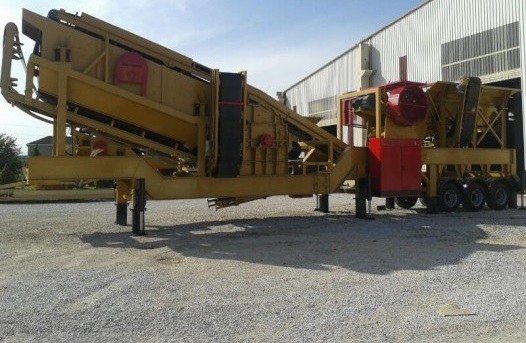A mineral crushing machine is an industrial device that reduces large rocks or ores into smaller fragments using mechanical force (compression, impact, or shear). It plays a vital role in mining, construction, and recycling sectors to process raw materials or repurpose waste.
Working Principle:
Material is fed into a crushing chamber where components like jaws, rotors, or hammers apply continuous or periodic force. Crushed material exits through an adjustable gap, achieving the desired particle size.
Components:
Crushing Jaws/Rotors: Wear-resistant surfaces made of high manganese steel.
Crushing Chamber: Alloy-hardened compartment for material fragmentation.
Drive System: Powered by electric or diesel engines.
Adjustable Discharge Mechanism: Plates or grids to control output size.
Vibration Dampers: Springs or rubber mounts ensuring stability.
Applications:
Ore Processing: Crushing gold, iron, or copper for enrichment plants.
Aggregate Production: Manufacturing sand, gravel, and crushed stone for construction.
Recycling: Breaking down concrete, asphalt, and demolition waste.
Chemical Industry: Pulverizing minerals into powders.
Advantages:
High Reduction Ratio (1:10 to 1:20).
Versatility: Handles materials of varying hardness.
Automation: PLC-controlled systems for energy efficiency.
Durability: Abrasion-resistant coatings for harsh environments.
Types:
Jaw Crusher: Ideal for primary crushing, using compressive force between two plates.
Cone Crusher: Secondary/tertiary crushing with a rotating inner cone.
Impact Crusher: High-speed rotor throws material against impact curtains.
Hammer Crusher: Impact-based system for moist or sticky materials.
Manufacturing Process:
Design: Crushing mechanism and capacity tailored to material properties.
Material Selection: High-wear-resistant steel or composite alloys.
Production: CNC cutting, welding, and heat treatment for component assembly.
Testing: Performance, vibration, and noise tests for quality assurance.
 English
English
 Le français
Le français
 Türkçe
Türkçe

